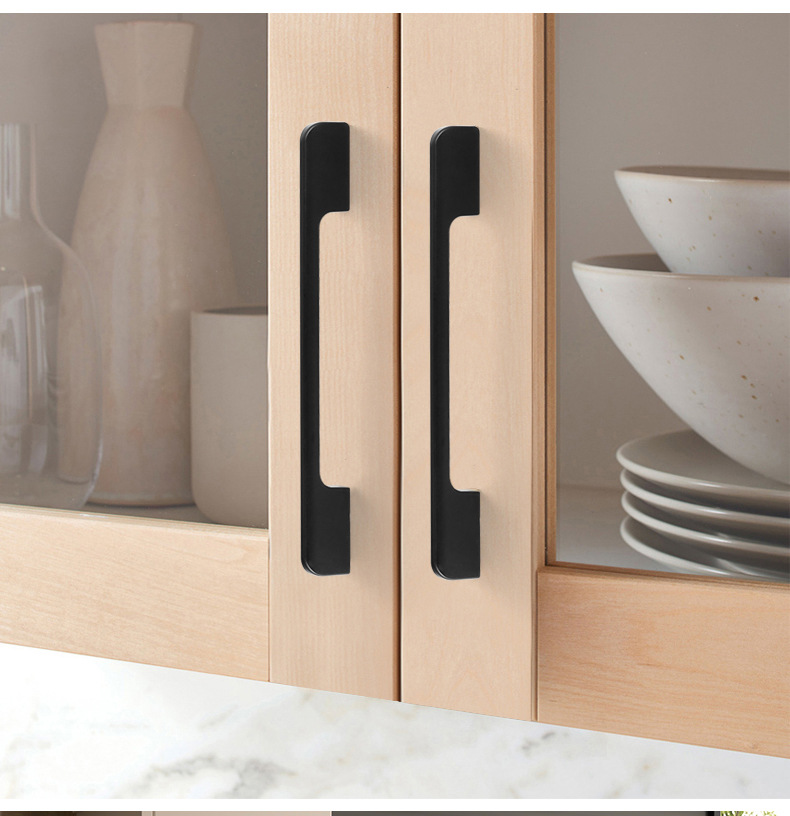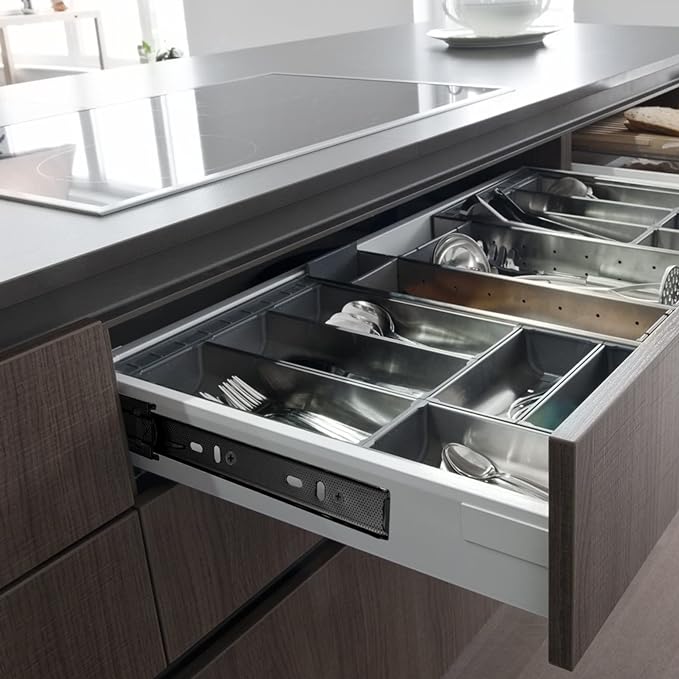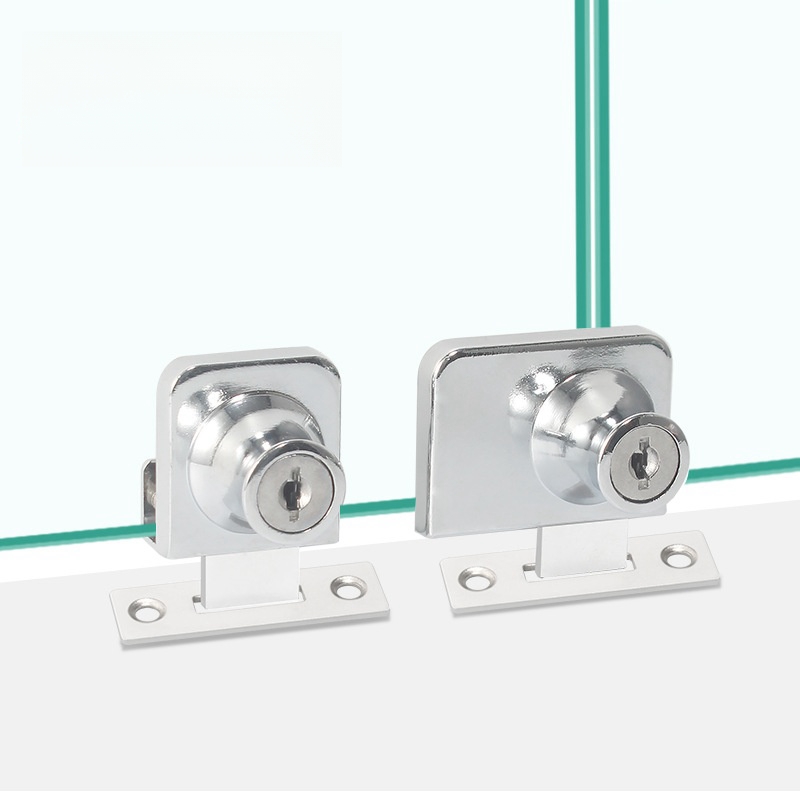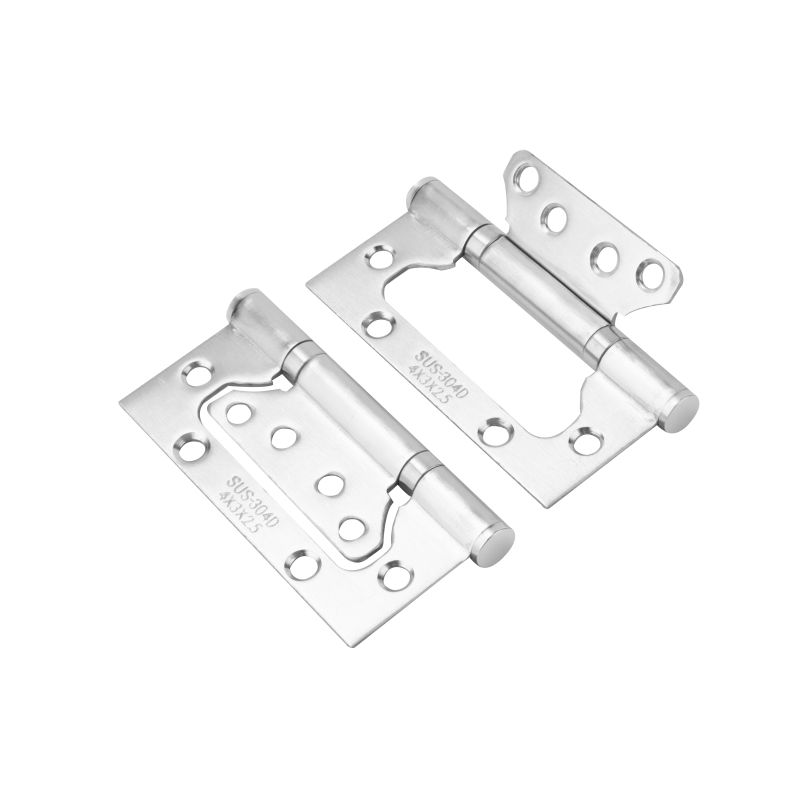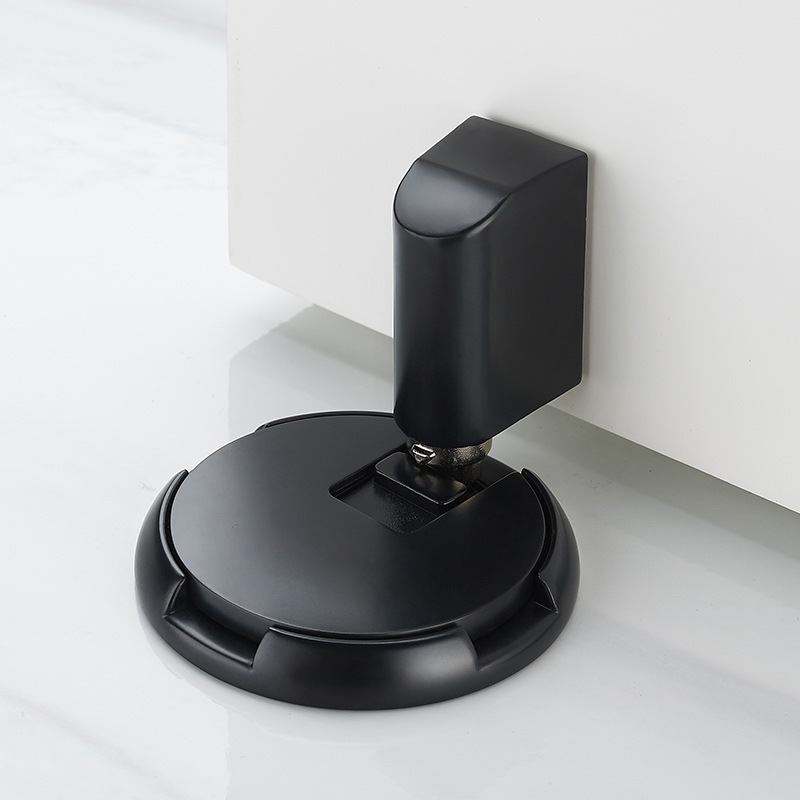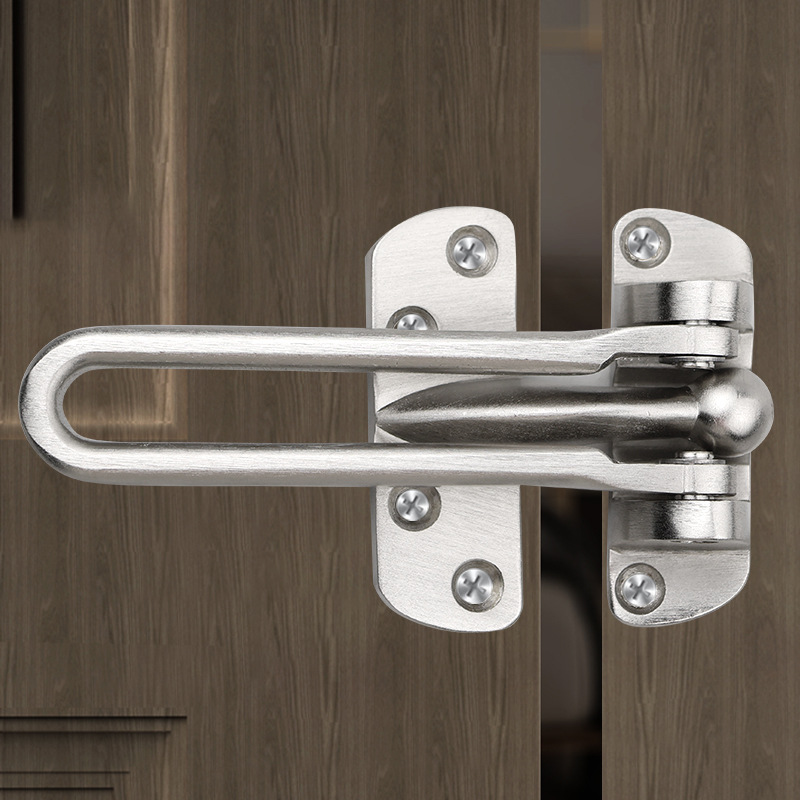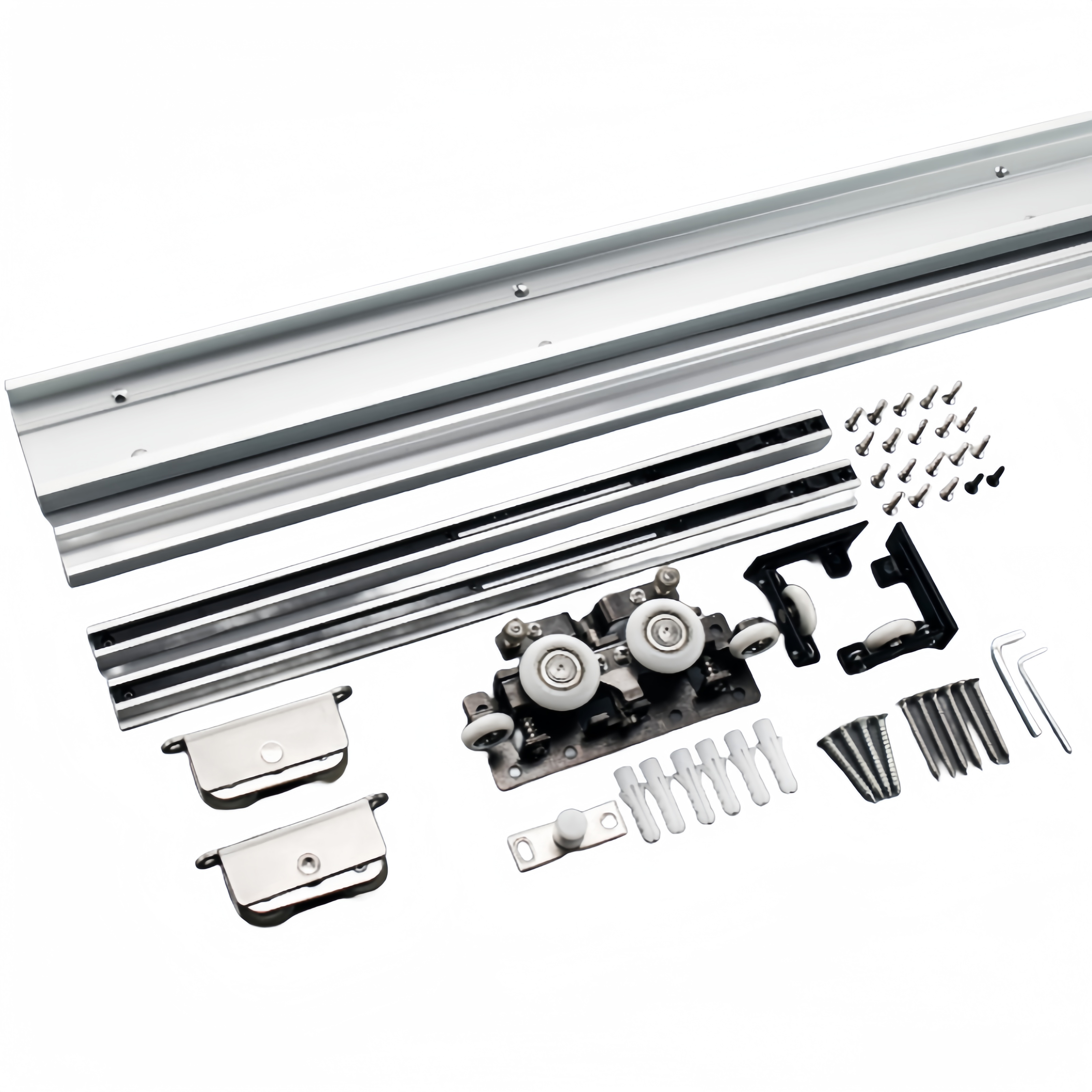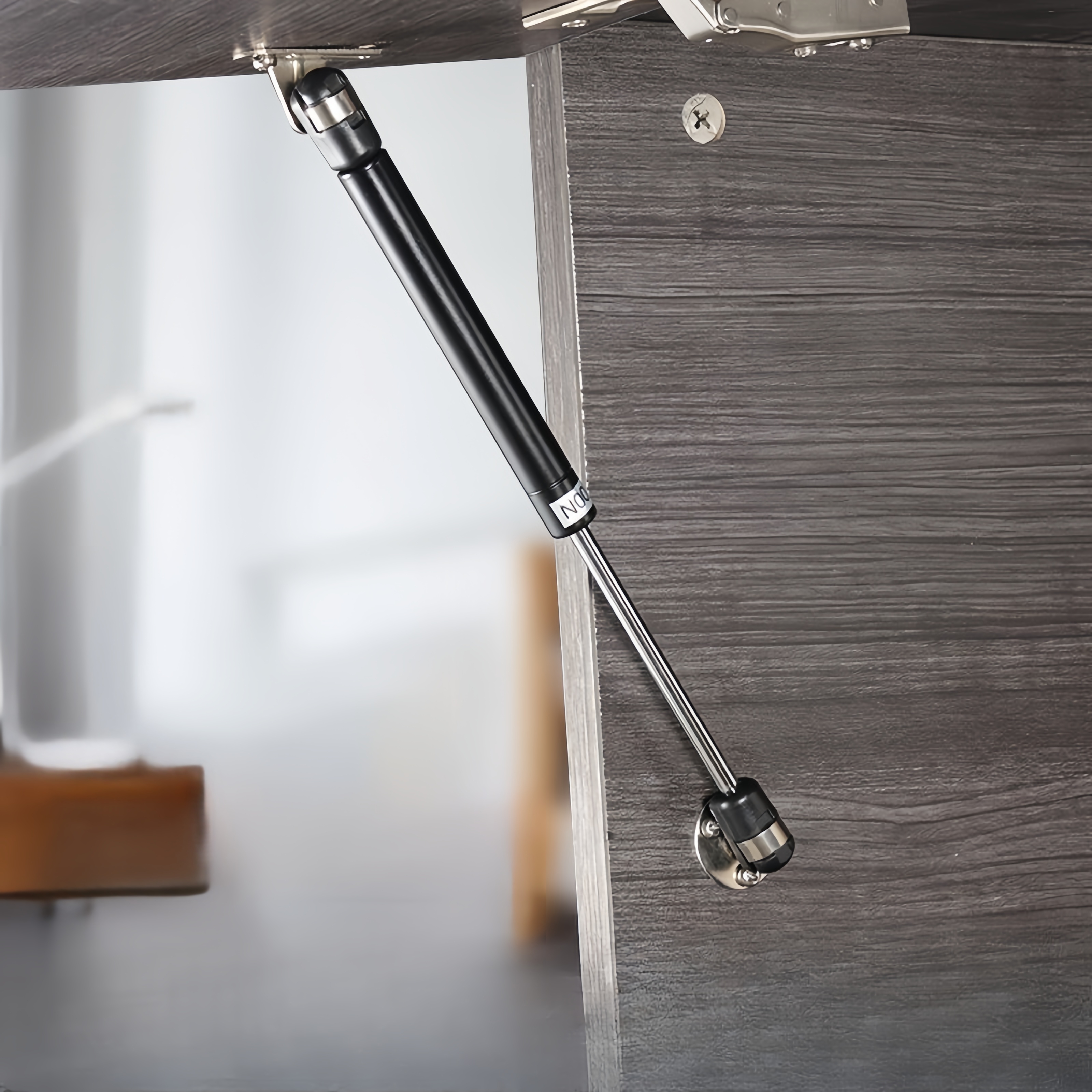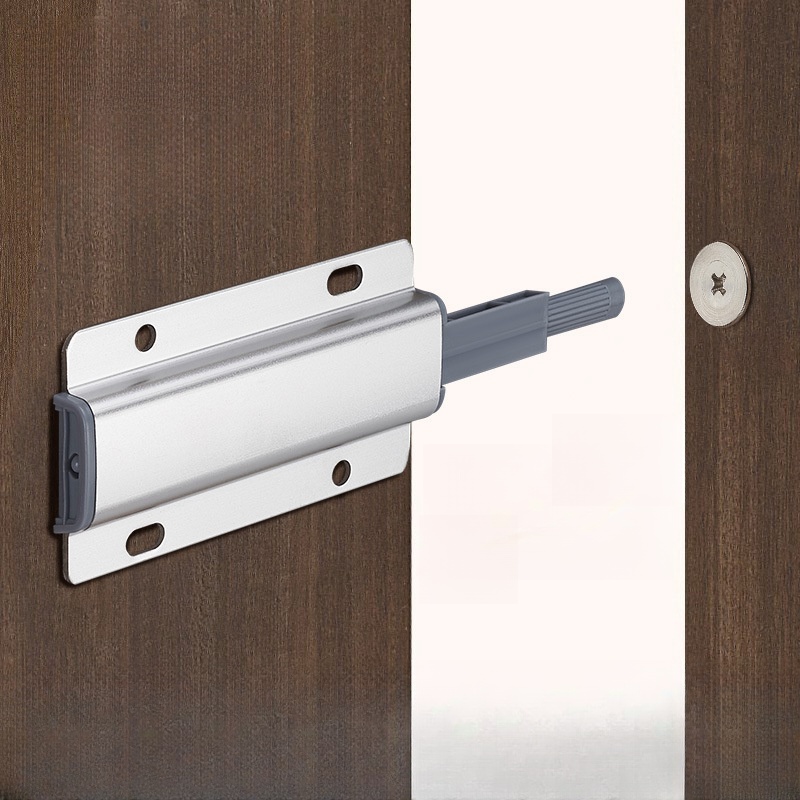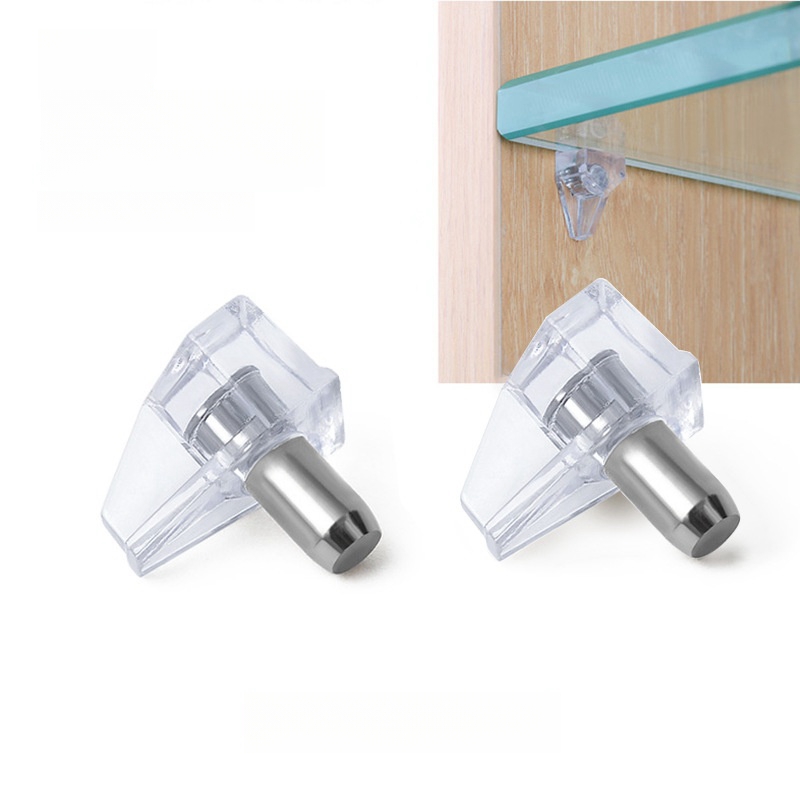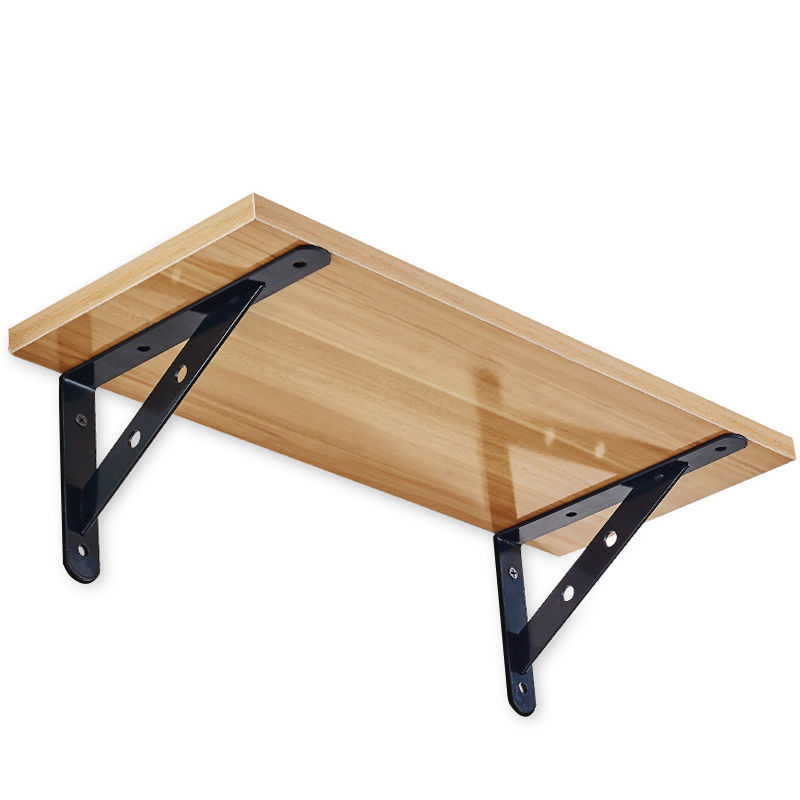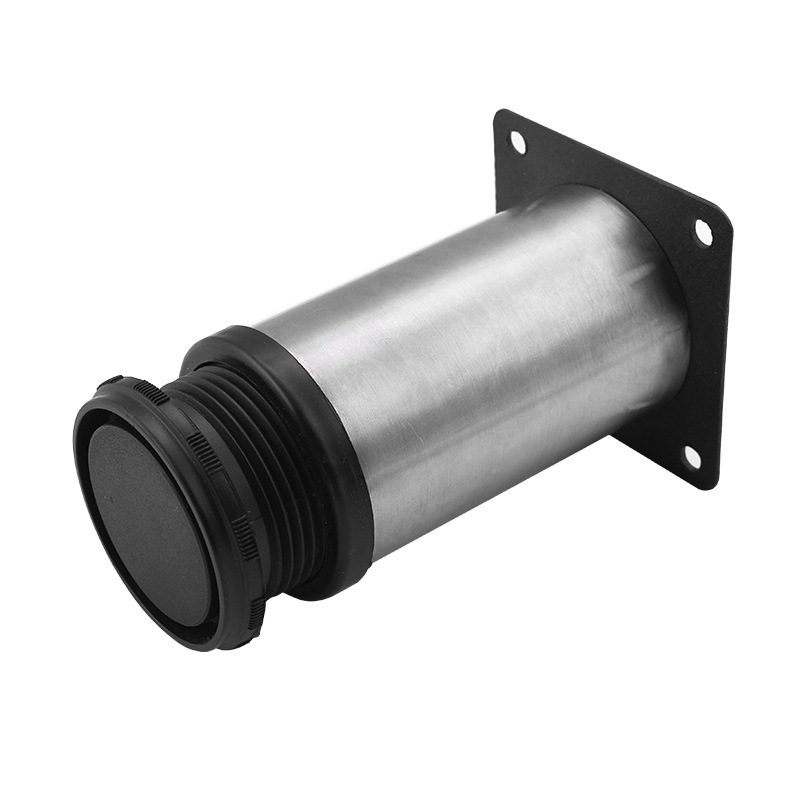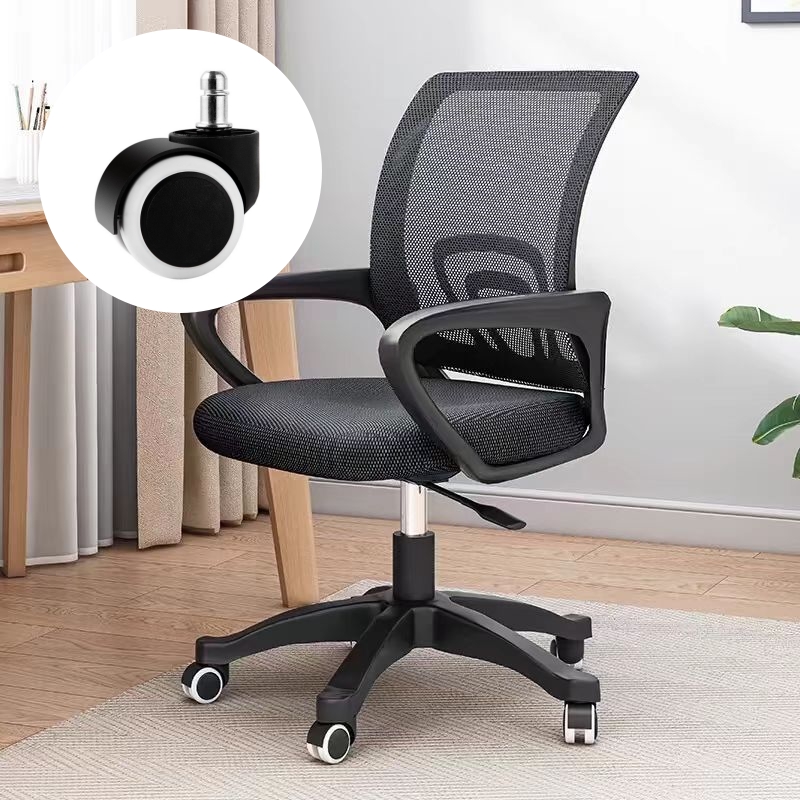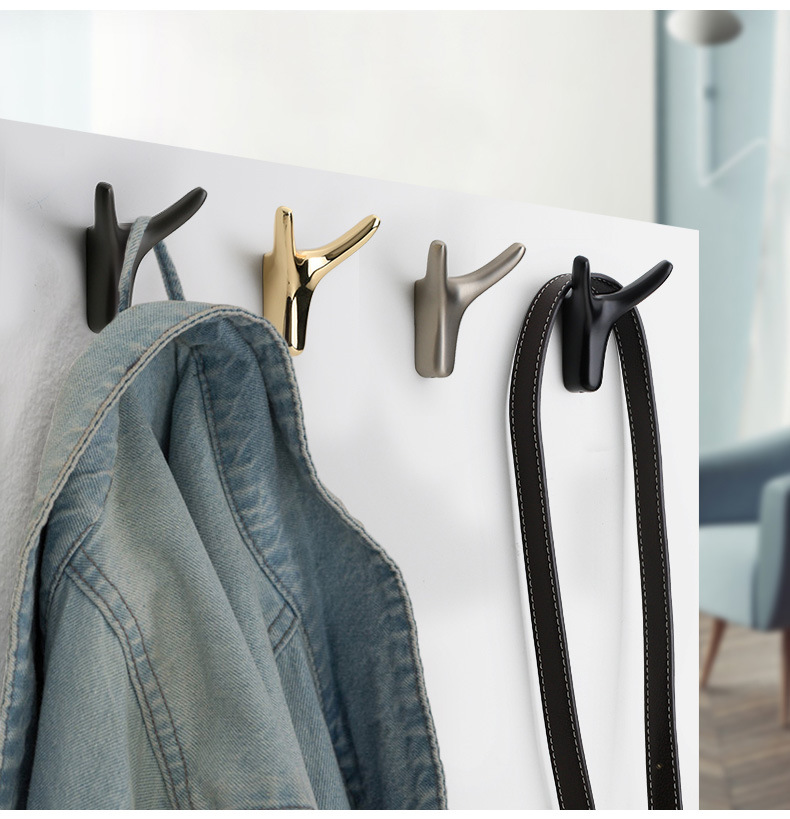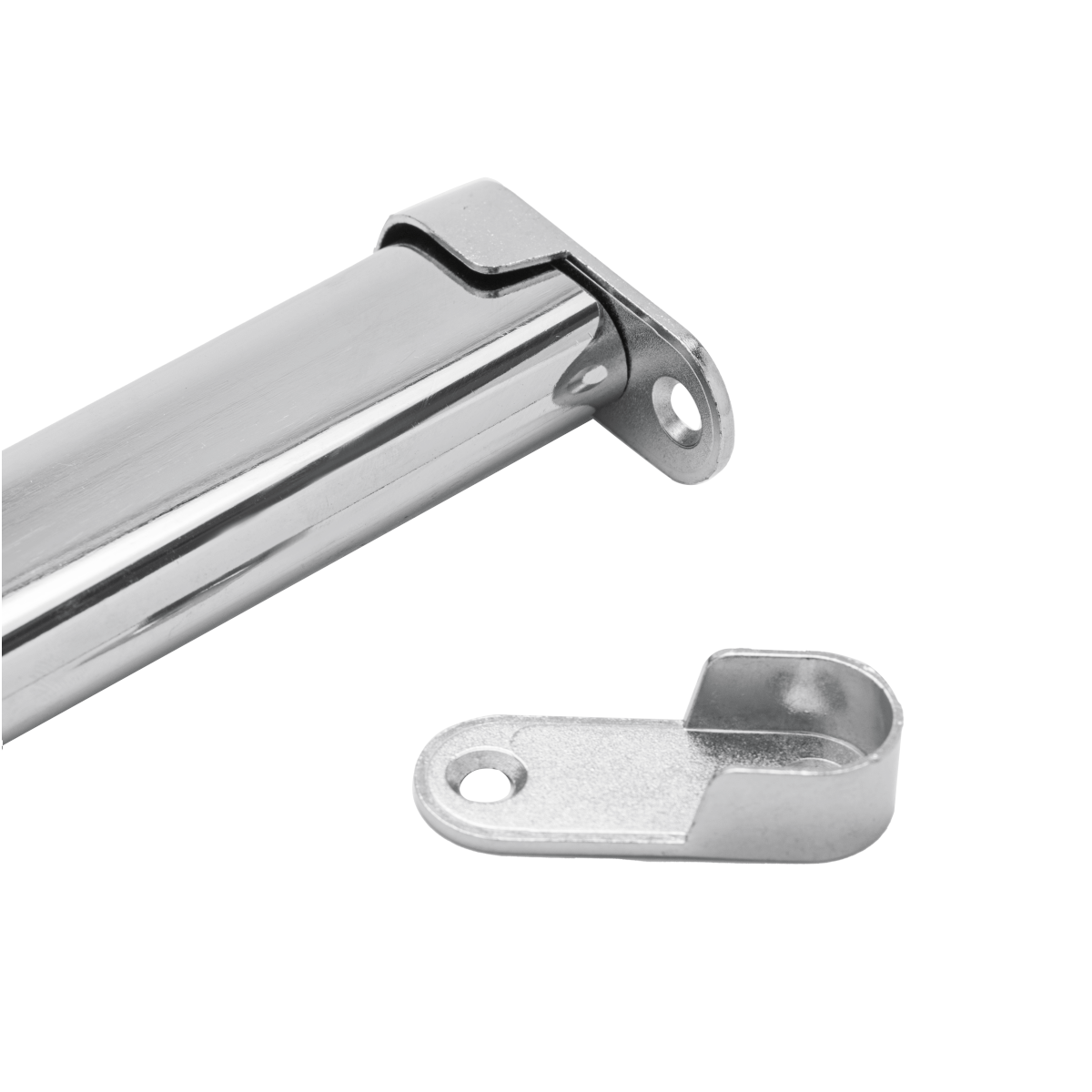
ABOUT
Guangzhou Toplink hardware Co., Ltd specialized in the production and export of furniture hardware fittings, with an experience of more than 14 years.
Our main products are drawer locks, cabinet hinges, sliding rails, cabinet handles, casters, cabinet legs and connecting fittings etc..
With a complete range of products, excellent performance and reasonable prices we have built up business with many customers all over the world.
We are committed to strict quality control and considerate customer service. We sincerely looking forward to becoming your best choice and the most reliable partner!
PRODUCTS
parts of door hardware
Hinges: The Foundation of Door Movement
Hinges are arguably the most fundamental part of door hardware. These pivotal components facilitate the smooth opening and closing of doors, bearing the weight of the door leaf and enabling its rotation around a fixed point. Their design and material significantly influence the door's durability and longevity. Traditional butt hinges, with their simple leaf-and-pin construction, are ubiquitous due to their reliability and affordability. However, more specialized hinges exist, such as ball-bearing hinges, which offer smoother operation, reducing friction and wear. These are particularly beneficial for heavier doors or those subjected to frequent use.
The choice of hinge material is crucial. Steel hinges are the most common, providing a good balance of strength and resistance to corrosion. However, brass hinges offer superior corrosion resistance, making them ideal for exterior doors or high-humidity environments. For a more aesthetically pleasing finish, hinges can be coated or plated with various materials, including nickel, chrome, or even bronze, complementing the overall door design.
The number and placement of hinges also impact door performance. Heavier doors or those with larger dimensions typically require more hinges for adequate support and to prevent sagging or binding. Incorrectly placed hinges can lead to uneven door operation and accelerated wear. Careful consideration of these factors is crucial for optimal functionality.
Handles and Knobs: The Interface of Human Interaction
Handles and knobs are the components with which we directly interact, providing the means to open and close the door. Their design extends beyond simple functionality, encompassing aesthetics and ergonomics. Door knobs, often traditional and classic in style, are typically operated by rotating, while handles, more contemporary in design, offer a lever-style mechanism for opening and closing.
The materials used in handles and knobs range from durable metals such as brass and stainless steel to more decorative materials like ceramic or porcelain. The choice depends largely on personal preference and the overall style of the door and surrounding décor. Furthermore, the finish can be customized, allowing for a seamless integration into the home's design scheme. Consider factors like the ease of gripping, particularly for individuals with limited mobility, when selecting handles and knobs.
Beyond aesthetics and functionality, security features are also incorporated into handles and knobs. Deadbolt locking mechanisms, often integrated into handles or as separate components, enhance security by providing an additional level of protection against unauthorized entry. The quality of the locking mechanism is paramount, ensuring reliable and secure operation.
Latches and Locks: Securing the Door
Latches and locks are responsible for securing the door in its closed position. The latch, a basic spring-loaded mechanism, engages with the strike plate on the door frame, providing a simple means of closure. Locks provide an additional level of security, preventing unauthorized access. Different types of locks exist, each offering varying levels of security.
Deadbolt locks, known for their strength and robustness, offer superior security compared to simple latch mechanisms. They use a separate bolt that extends into the doorjamb, requiring a key to retract. Other lock types include mortise locks, which are recessed into the door, offering a cleaner aesthetic, and rim locks, which are mounted directly onto the door surface. The choice of lock depends on the required level of security and the overall design preference.
The strike plate, a crucial component often overlooked, is the metal plate installed on the door frame that receives the latch or bolt. Its proper installation and alignment are essential for smooth door operation and security. A loose or incorrectly positioned strike plate can lead to difficulty in closing the door or compromise its security. Therefore, attention to detail during installation is paramount.
Thresholds and Weatherstripping: Enhancing Door Performance
While not directly considered "hardware" in the strictest sense, thresholds and weatherstripping play a significant role in the overall performance of the door. Thresholds, typically installed at the base of the door, provide a transition between different floor levels and help to seal the gap between the door and the floor, improving energy efficiency and preventing drafts.
Weatherstripping, installed around the door frame and on the door itself, helps to create an airtight seal, reducing drafts and improving insulation. Various types of weatherstripping exist, including foam tape, rubber seals, and felt strips, each offering different levels of insulation and durability. The choice depends on the door's type and the climatic conditions.
Properly installed thresholds and weatherstripping are crucial for energy efficiency and comfort. They help prevent heat loss in winter and heat gain in summer, contributing to lower energy bills and a more comfortable indoor environment. Regular inspection and replacement of damaged weatherstripping are essential to maintain optimal performance.
In conclusion, the seemingly simple act of opening and closing a door relies on a complex interaction of various components. Understanding the functions and roles of different parts of door hardware – from hinges and handles to latches, locks, and even thresholds – allows for better maintenance, informed purchasing decisions, and an appreciation of the engineering behind this ubiquitous element of our everyday lives.
SUBSCRIBE
INQUIRY
